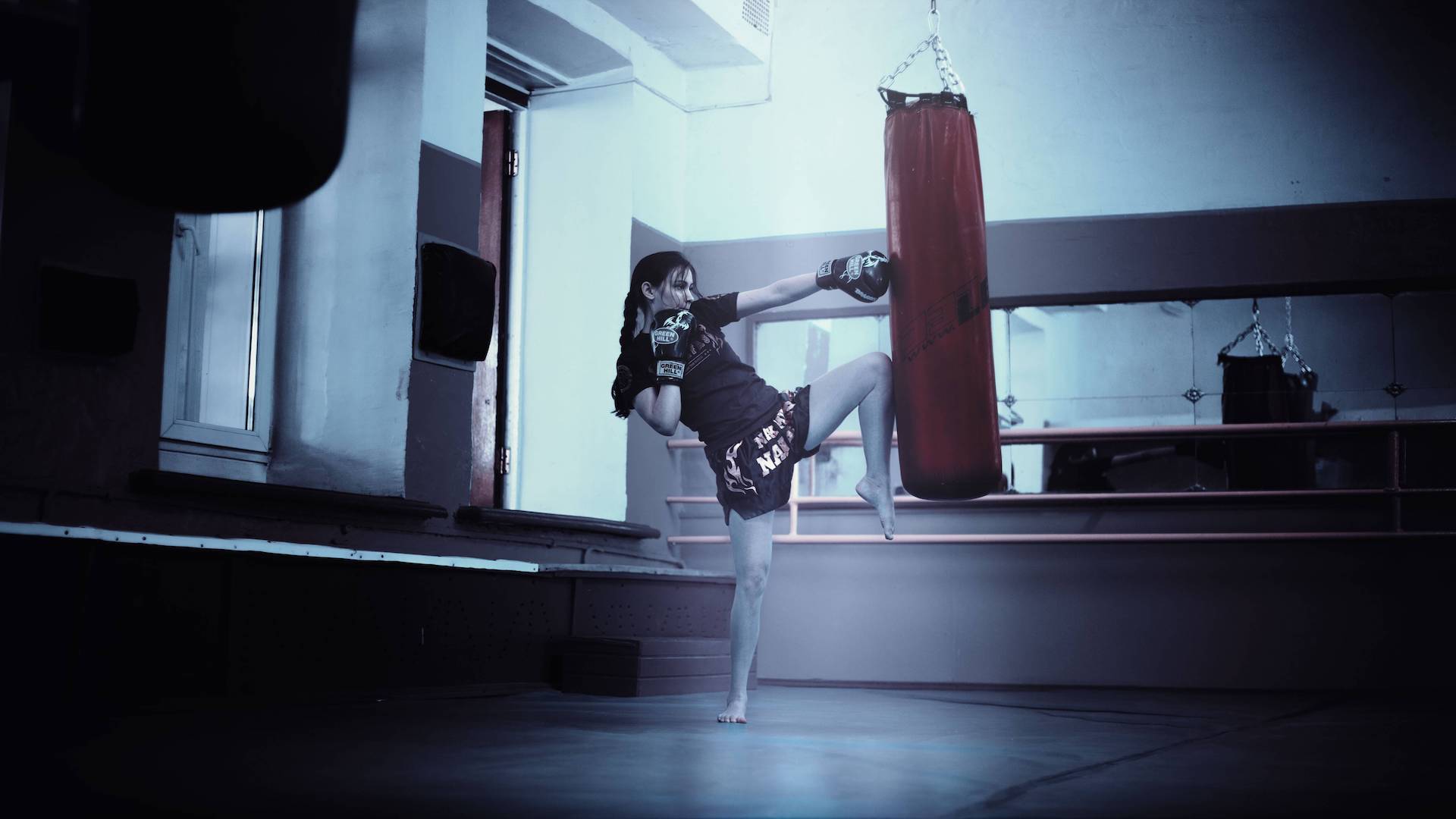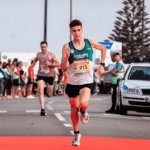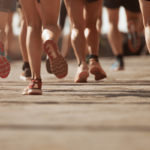In recent years, running has seen a dramatic transformation. What was once perceived as a solitary pursuit is now becoming a powerful tool for community building and social connection. From casual neighborhood jogs to globally coordinated virtual marathons, more people than ever are finding motivation, support, and friendship through group running.
This shift is driven not just by fitness goals, but by a deeper desire to reconnect—with others, with nature, and with personal well-being. According to recent data from global health platforms, participation in community-based running events has surged by over 40% since 2022.
Mental Health Benefits at the Core
One major reason behind the growth of community running is its impact on mental health. In a world where digital fatigue and isolation are common, running with others offers a tangible sense of presence and camaraderie.
Clinical psychologist Dr. Emily Warren emphasizes that “shared physical activity releases endorphins and reduces cortisol levels more effectively than solo workouts.” This emotional boost can be especially helpful for individuals coping with anxiety, burnout, or depression.
In fact, a recent survey conducted by the Global Running Foundation found that 73% of runners who participate in weekly group runs reported an improvement in overall mood and stress levels, compared to just 48% among solo runners.
Technology Makes It Easier Than Ever
Another factor fueling the trend is the increasing accessibility of digital tools that facilitate group running experiences. From scheduling local meetups to tracking routes and progress, apps have made it easier than ever to stay connected and consistent.
Some runners also explore additional wellness and lifestyle platforms that offer incentives or bonuses for healthy habits or community engagement—much like the yesplay sign up bonus, which is popular in certain lifestyle circles for its motivational value.
Inclusive Events Are Changing the Landscape
What’s also exciting is how inclusive today’s running events have become. Traditional road races are being complemented by events that emphasize fun, accessibility, and diversity. From glow-in-the-dark night runs to charity races for social causes, there’s something for everyone.
Running clubs are also adapting. Groups such as Black Girls Run, LGBTQ+ Runners United, and global women-only initiatives have opened the door for more individuals to feel welcome in what was once a predominantly competitive and male-dominated space.
“Running with people who share similar backgrounds and values helps remove a lot of barriers—both physical and psychological,” says Nina Lopez, a community organizer based in Austin, Texas. “It’s not just about pace anymore. It’s about belonging.”
The Social Accountability Effect
Psychologists and fitness experts alike agree that social accountability is a key driver of success. When people run in groups or track their goals with others, they’re more likely to stick with the habit long-term.
In one study from the Journal of Sports Behavior, participants who joined a running group were 55% more likely to maintain a weekly running schedule over six months than those who ran alone.
Even virtual groups—like the ones organized through platforms such as GoPractico—create the necessary support network to help runners maintain momentum, celebrate milestones, and avoid burnout.
Looking Ahead: What’s Next for Group Running?
With more cities investing in pedestrian-friendly infrastructure and organizations promoting wellness through movement, the future of group running looks bright. Experts predict that hybrid models—combining physical meetups with virtual tracking and support—will continue to grow in popularity.
Whether you’re training for your first 5K or just looking for a healthier routine, running with others might be the secret ingredient you need. As more people lace up together, the road ahead isn’t just healthier—it’s more connected, too.






